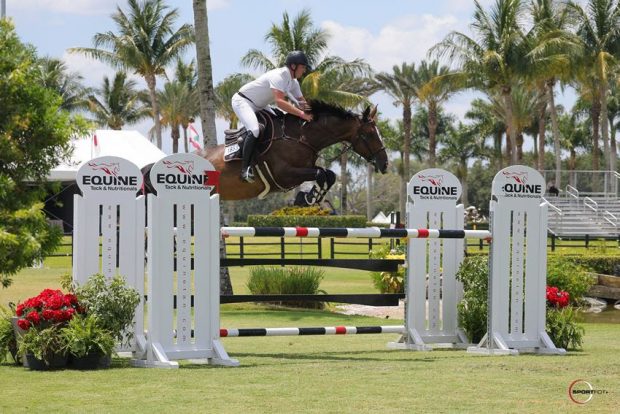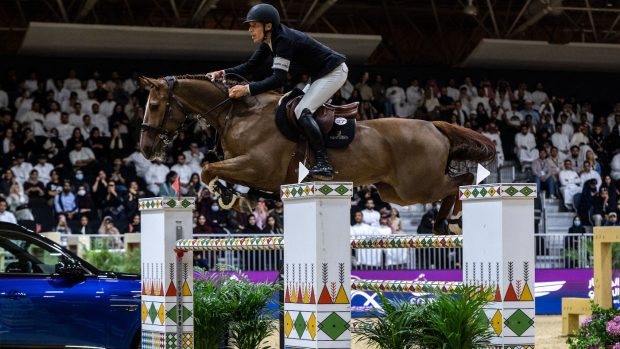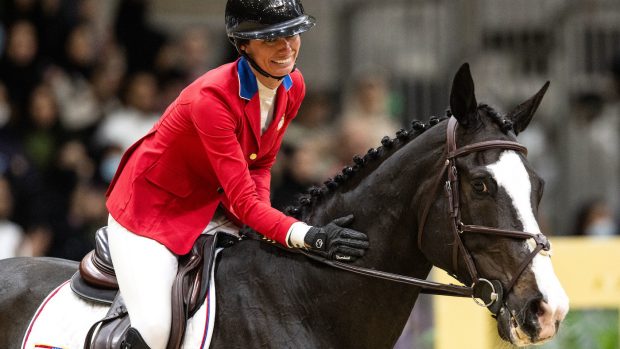Derby show jumping classes combine banks, dykes, water ditches and other cross-country style fences with more traditional show jumps to test the courage and talent of horse and rider.
AlthoughAnnette Lewis first gained Derby fame in the 1980s when her gallant little Tutein obediently launched himself into space from the top of Hickstead’s fearsome bank, the lady from Essex has become a very experienced rider over this type of course.
“Although it sometimes feels like cross-country, a Derby is primarily a show jumping competition and your horse needs to be super-obedient.”
Before competing in your first Derby, Annette recommends practising over ditches.
“Horses will alwayshave a good look at a hole in the ground,” she explains. “Banks don’t often seem to bother them, but a ditch can really upset a horse who is isn’t used to them.
“If you haven’t got a ditch at home, then go to a local cross-country course and takea friend with an experienced horse to give yours a lead. But remember, in the actual class you’ll be on your own, so make sure your horse will jump confidently on his own.”
Over the water
Another feature of Derby courses is a water jump. At Hickstead, it is an open water without the traditional brush or boards in front to get the horse up in the air.
“I would never enter a Derby on a horse who wasn’t reliable over a normal water jump,” she says. “An open water is no different to the traditional type. You still have to see a stride and if you reach it in the right place, most horses naturally get the height.”
Now that so many show centres have their own Derby courses, there are more opportunities to see the unusual fences, but Annette says that, no matter how much you practise, clearing a dyke comes down to control, a careful horse and a big slice of luck.
“To horses, a dyke must seem like a mass of poles and ditches. They can either get over-excited and rush through, taking poles with them, or back off when they see the second part and find it a struggle to jump out,” she points out.
“The best advice I can give is to take your time, concentrate on the first part and then hope that Lady Luck is with you.”
Beating the bank
Annette freely admits that, after her 1986 experience, banks are not her favourite fences.
“You’ve got to ride on to them with a bit of pace and then have fabulous control, as most Derby course designers put a little fence on top,” she explains.
“It’s best to pop the fence quietly and then pull yourself and the horse together before coming down. But do remember to keep your leg on. So many riders collect three faults at the top of the bank because their horse steps back a pace.
“When you reach the ground, gather your reins and get some impulsion if there is a fence close to the foot of the bank. Don’t worry if your horse pops in an extra stride before taking off.”
Annette believes that there is tendency for riders to concentrate on the unusual fences and forget about the rest.
“The best way to approach a Derby is to treat every fence as an individual challenge. Walk the course very, very carefully and use the time between the fences to collect yourself and look for a good stride.
“Remember, at the end of the day, if you and your horse enjoy yourselves and come out with smiles on your faces, then you’re winners.”



